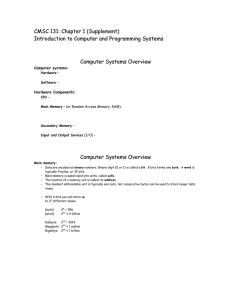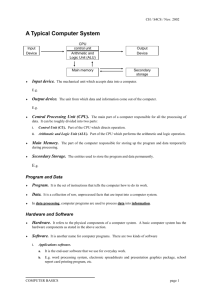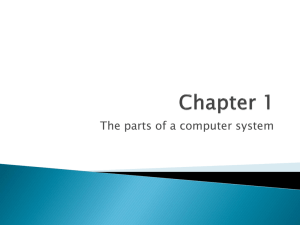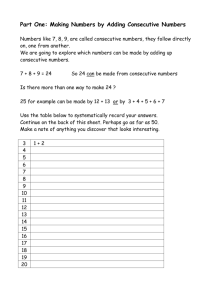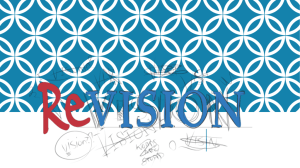Day 1 Definitions:
advertisement
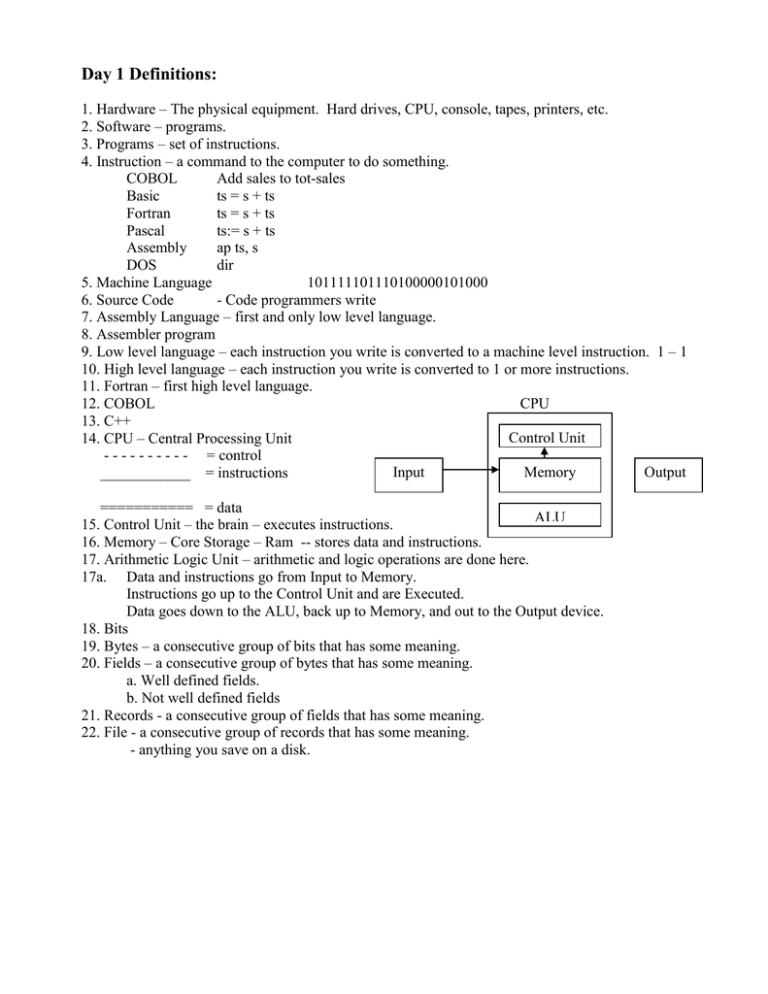
Day 1 Definitions: 1. Hardware – The physical equipment. Hard drives, CPU, console, tapes, printers, etc. 2. Software – programs. 3. Programs – set of instructions. 4. Instruction – a command to the computer to do something. COBOL Add sales to tot-sales Basic ts = s + ts Fortran ts = s + ts Pascal ts:= s + ts Assembly ap ts, s DOS dir 5. Machine Language 101111101110100000101000 6. Source Code - Code programmers write 7. Assembly Language – first and only low level language. 8. Assembler program 9. Low level language – each instruction you write is converted to a machine level instruction. 1 – 1 10. High level language – each instruction you write is converted to 1 or more instructions. 11. Fortran – first high level language. 12. COBOL CPU 13. C++ Control Unit 14. CPU – Central Processing Unit - - - - - - - - - - = control Input Memory Output ____________ = instructions =========== = data ALU 15. Control Unit – the brain – executes instructions. 16. Memory – Core Storage – Ram -- stores data and instructions. 17. Arithmetic Logic Unit – arithmetic and logic operations are done here. 17a. Data and instructions go from Input to Memory. Instructions go up to the Control Unit and are Executed. Data goes down to the ALU, back up to Memory, and out to the Output device. 18. Bits 19. Bytes – a consecutive group of bits that has some meaning. 20. Fields – a consecutive group of bytes that has some meaning. a. Well defined fields. b. Not well defined fields 21. Records - a consecutive group of fields that has some meaning. 22. File - a consecutive group of records that has some meaning. - anything you save on a disk.
